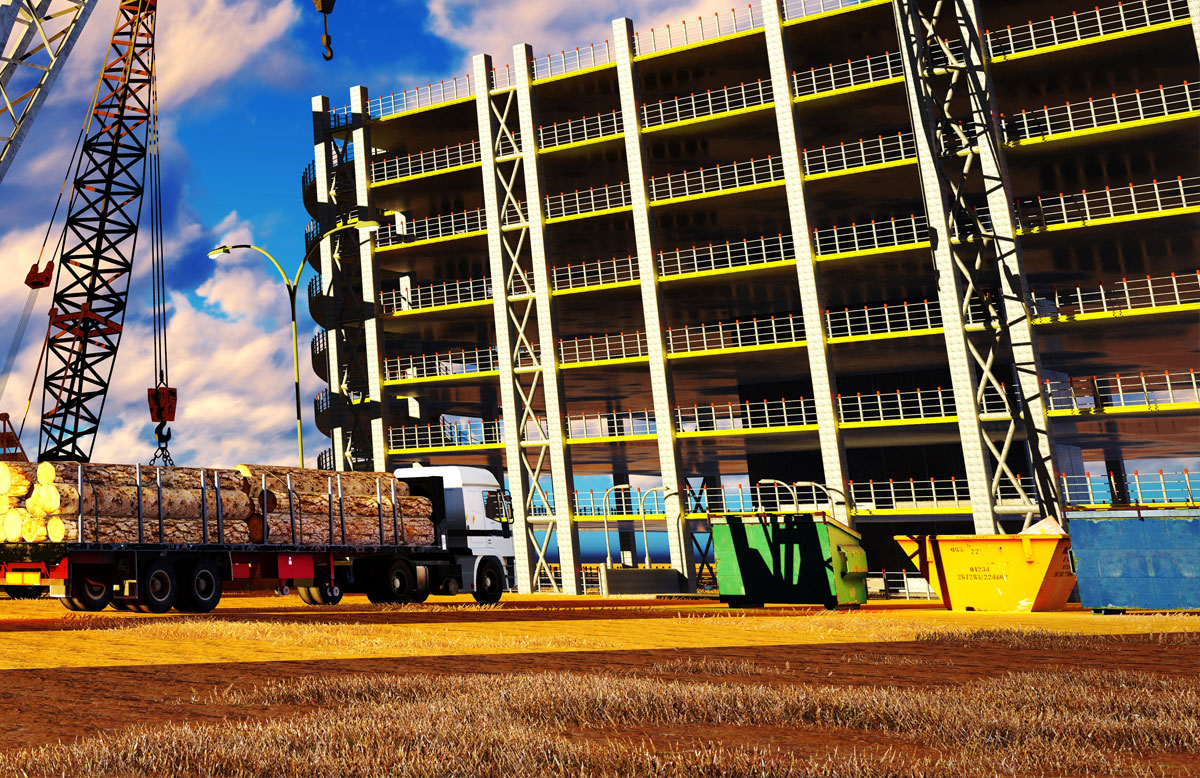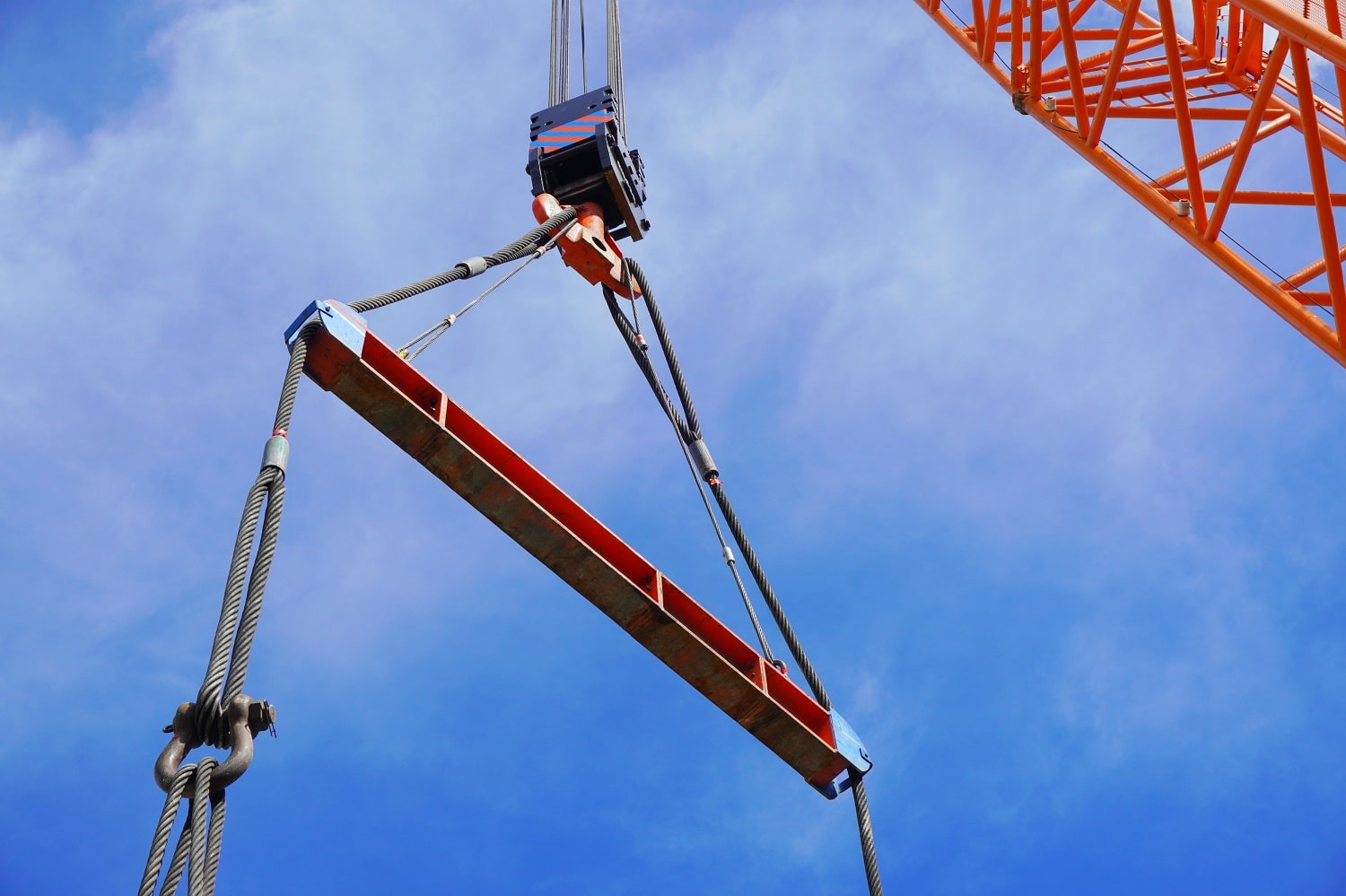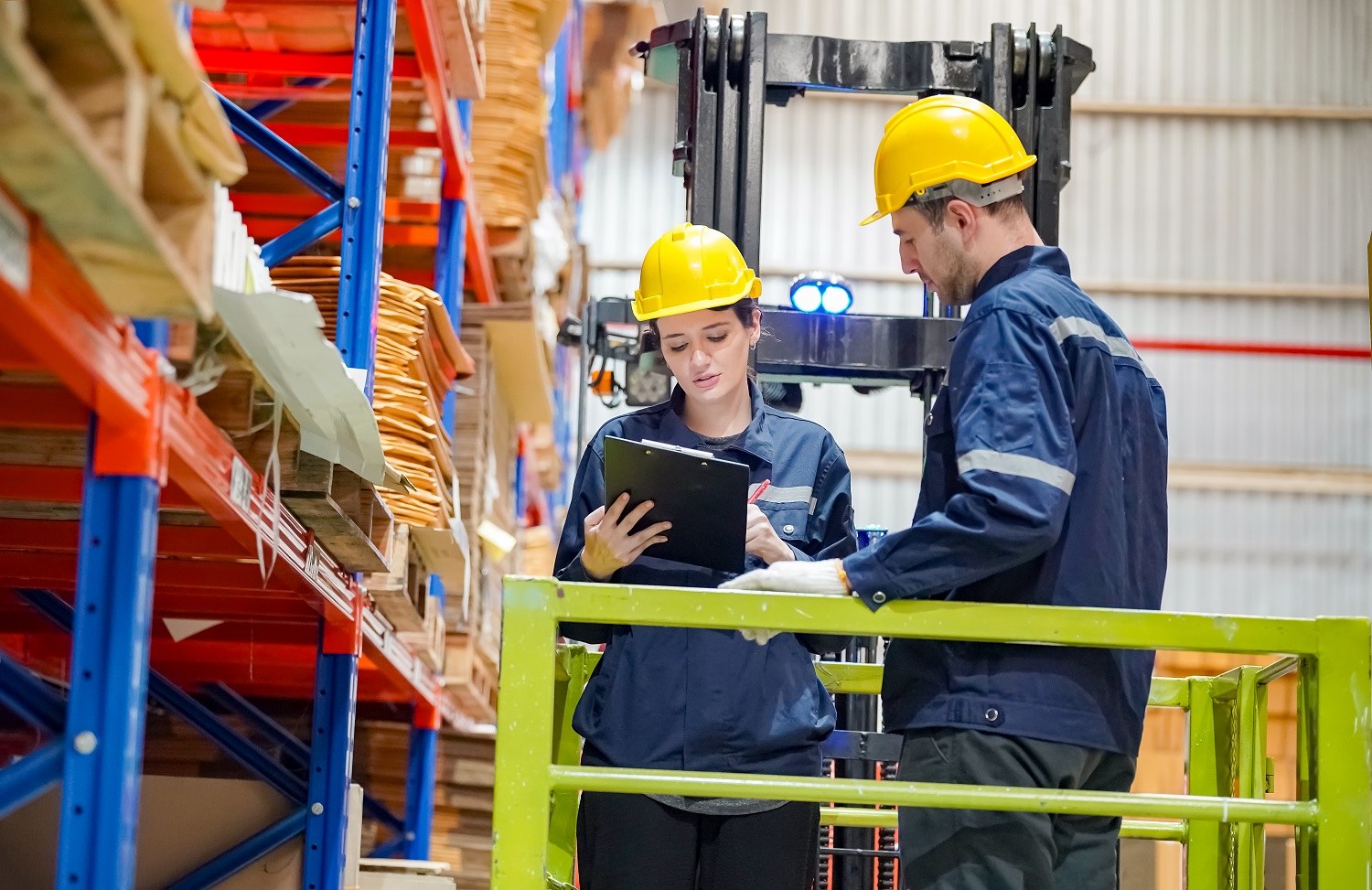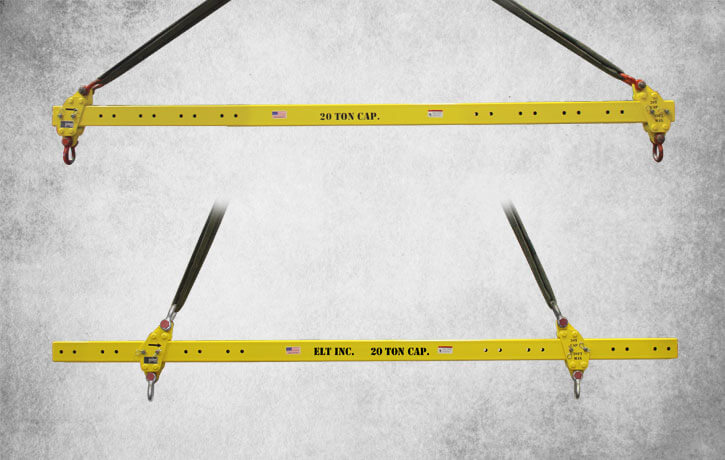What Is A Proof Load Test?
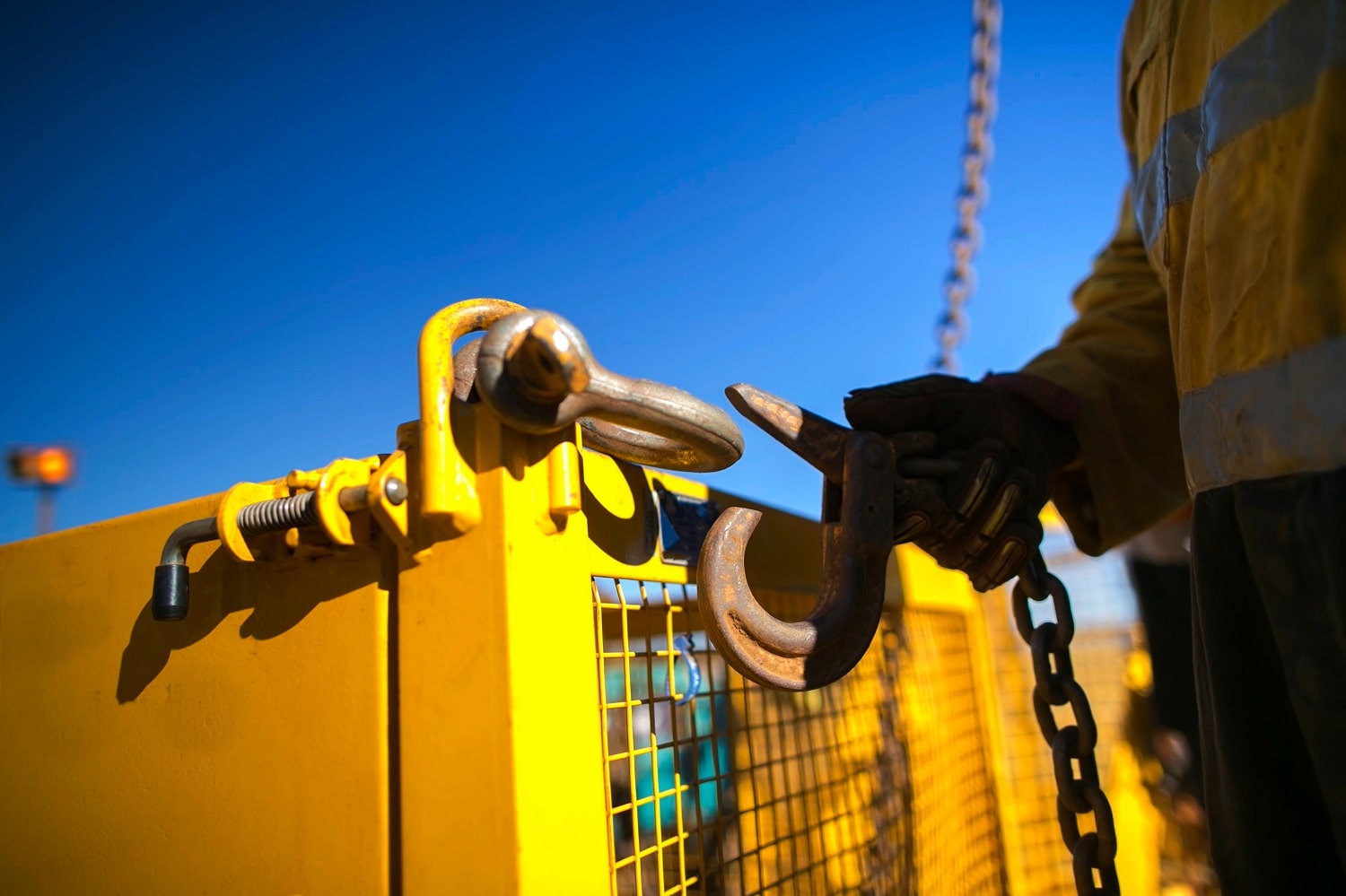
When handling heavy structures or lifting and rigging equipment, you need to make sure that they can handle the weight of the loads you put on them. To avoid disasters, breakdowns, and accidents, a proof load test is exactly what you need, and it is what almost all factories and companies who handle this kind of equipment do. What exactly is a proof load test? Let’s find out.
The proof load test, in its simplest form, is adding heavy loads to lifting or rigging machinery or load-bearing structures to see how much they can hold without issue. In turn, this checks just how efficient and strong the equipment or structure is. Once you do the test, you will have a good idea of the capacity, as well as the tensile strength of your machine or structure.
This process is supervised and controlled, with the specific load weight determined and added for a specific interval of time. Once you get this done and your machine or structure passes the test, you will be relieved to know that your equipment is 100% safe.
What Is The Proof Load Test Performed on?
Usually, the proof load test is performed on heavy lifting machinery and rigs with wires and carrying capacity, such as:
- Forklifts
- Web Slings
- Overhead Cranes
- Manual Lever Hoists
- Trolleys
- Chain Blocks
- Suspension Equipment
- Telehandlers
- Lifts
- Hooks
- Supporting Runways
- Compression Hardware
The proof load test is often done using dynamometers or hydraulic cylinders with load cells. The force exerted on the structure or machine is usually 1.1 to 1.5 times the load of the measurement system. Along with the dynamometer or load cells, sometimes water bags are used to up the weight being tested for the machine.
The proof load test for equipment carrying people differs slightly from the ones carrying things. For equipment carrying people, the proof load test should be conducted every six months. On the other side, for other equipment, the test should be conducted every twelve months. This will ensure that no accidents can happen between each test. For equipment carrying people, accidents or failures could be disastrous or fatal, so they must be thoroughly and consistently examined.
What Is the Working Load Limit?
The working load limit is what is added to the machine during the proof load test. It refers to the maximum weight or load that you can put on a piece of equipment before it breaks or fails. Other names for the working load limit are Maximum Allowable Working Load (MAWL), Safe Working Load (SWL), Normal Working Load (NWL), or Working Load Limit (WLL).
The working load limit shows you just how safe a piece of equipment can be and how far it can go beyond its breaking point. Knowing when a piece of machinery will fail is key to making it better and knowing when to stop using it and replacing it down the line. Finding the machine’s breaking strength is the key here, which is quite interesting as you want the machine to break in this case to know when it does.
In simple terms, this is sort of like the “good until” or expiry date label on food. It shows you how far or how long you can use this equipment beyond its breaking point and how safe it is in that period. In this case, the engineers will use the hydraulic cylinders to generate a fixed force that they observe over a period of time to see if the machine will function the same, keep its shape, and do an overall performance check.
The Standards of The Proof Load Test
The proof load test must follow specific standards. There are American ones and European ones. In America, the proof load tests follow the guidelines set by the Occupational Safety and Health Administration (OSHA), The American Society of Mechanical Engineers (ASME), or the American National Standards Institute (ANSI). However, the most important one is the OSHA. Some of these standards include:
- ASME B30.9: on lifting slings
- ASME B30.10-1.7: on hooks
- ASME B30.16: on overhead hoists
- ASME B30.17: on overhead and gantry cranes and trolleys
- ASME B30.20: various below-the-hook lifting devices
- ASME B30.20: for manual lever hoists
- ASME B30.26: for various lifting accessories: shackles, eyebolts, turnbuckles, links, rings, swivels, and compression hardware.
As for the European standards, the manufacturers themselves conduct them by their own guidelines and procedures. However, if your goods are for sale, then the EU specifies something called the Machinery Directive, which tackles the tests, whether static or dynamic, for pieces of lifting machinery before their service. Some other standards and certifications include strength ones for cranes, materials for containers, and others.
Why Is The Proof Load Test Conducted?
Other than the six or twelve months for lifting equipment, proof load tests can be conducted on machines or structures before they are even put to work. The standards set by the OSHA and other bodies are there to reduce workplace accidents to a minimum, for both employees and civilians. A lifting machinery accident can result in extreme injuries or even death. Thus, it falls on the employers’ shoulders to conduct these tests and make sure their equipment is in top condition, protecting the lives of their employees in the process.
The proof load test could also save a large sum of money. By making sure the new equipment works flawlessly, employers will not need to spend large sums of cash on repairs and maintenance in the future if they were faulty or broken down too fast. With maximum efficiency, the work itself will be at its finest, too.
Takeaway
For any heavy lifting company, proof load testing is necessary to ensure your equipment is up to standards and that it’s working properly.
The test measures the maximum breaking and lifting potential of a machine by adding heavy loads to it and observing its performance and stability. Be it cranes, lifts, hoists, or others, the proof load test, abiding by the standards set by the OSHA or EU, can prevent countless workplace accidents, save money, and ensure proper operations.

